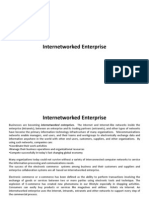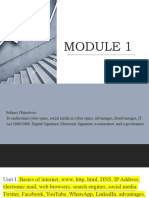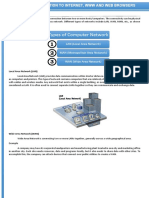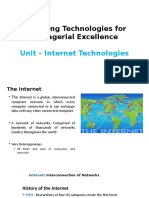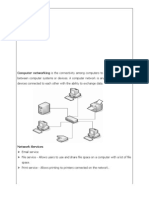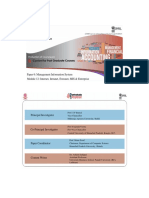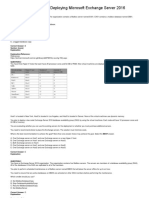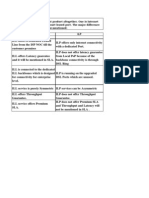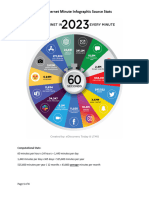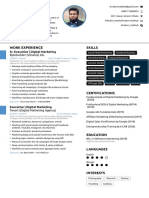0% found this document useful (0 votes)
36 views6 pagesNotes On Computer Network-1
The document provides an overview of computer networks, detailing their types (LAN, MAN, WAN), benefits, and the distinctions between intranets and extranets. It also covers the Internet, its benefits, key terms in internet technology, and the features of email, highlighting its advantages over traditional mail. Overall, it emphasizes the importance of networks in facilitating communication, resource sharing, and collaboration.
Uploaded by
www.dannygfCopyright
© © All Rights Reserved
We take content rights seriously. If you suspect this is your content, claim it here.
Available Formats
Download as DOCX, PDF, TXT or read online on Scribd
0% found this document useful (0 votes)
36 views6 pagesNotes On Computer Network-1
The document provides an overview of computer networks, detailing their types (LAN, MAN, WAN), benefits, and the distinctions between intranets and extranets. It also covers the Internet, its benefits, key terms in internet technology, and the features of email, highlighting its advantages over traditional mail. Overall, it emphasizes the importance of networks in facilitating communication, resource sharing, and collaboration.
Uploaded by
www.dannygfCopyright
© © All Rights Reserved
We take content rights seriously. If you suspect this is your content, claim it here.
Available Formats
Download as DOCX, PDF, TXT or read online on Scribd
/ 6




















